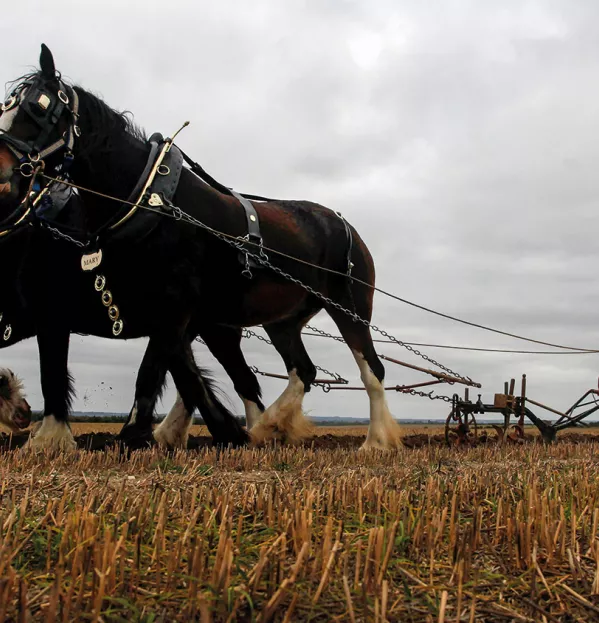Apprentices still used as ‘cheap, subsidised labour’

Apprenticeships have been hailed by the government as the key route for young people to receive training relevant to the workplace. But a new survey of apprentices reveals that many work fewer than their contracted hours and one in six are not paid for off-the-job training.
The findings of the national survey, carried out by Tes and the National Society of Apprentices (NSoA) - the representative body run by the NUS students’ union - also reveal that a fifth of apprentices do not feel that they receive any training on the job. An NSoA spokesperson says the results suggest that many employers are using apprenticeships as “cheap, subsidised labour without any obligation to train or develop the apprentices”.
Minimum wage
Employers are required to pay apprentices a minimum wage of £3.50 per hour. This applies to apprentices under 19, as well as those aged 19 or over who are in their first year of the programme. In addition, 20 per cent of an apprenticeship should consist of off-the-job training, defined as “learning which is undertaken outside of the normal day-to-day working environment”.
The requirement has caused controversy, and the Association of Employment and Learning Providers (AELP) has teamed up with employers such as Toni & Guy and Pret a Manger to call for the rule to be amended.
The survey, completed by 740 apprentices, points to an even more significant problem, with only 71 per cent of respondents saying they are paid for the time they spend training. Some 17 per cent also claim they are not paid at all for time spent off-the-training, with a further 12 per cent saying they are unsure.


Simon Ashworth, the AELP’s chief policy officer, says apprentices could be receiving on-the-job training without being aware of it. “The definition is extremely broad,” he says. “They might not know that they are learning because they don’t know they’re being taught.”
He adds that all apprentices should be paid for the time they spend training “even if you are away from your usual place of work”.
In his first interview as chair of the Institute for Apprenticeships (bit.ly/IfAChair), Antony Jenkins told Tes last week he hoped the system would be “flexible enough” to respond to employers’ concerns, but said that diminishing the amount of training was “not acceptable”.
The new NSoA and Tes survey also reveals a third of apprentices on average work fewer hours than they are contracted to.
‘Bitterly disappointing’
An NSoA spokesperson says that apprenticeships must consist of both work and “substantial training”.
“It is bitterly disappointing to see that, despite years of reform and tinkering, apprenticeships are still seen by so many employers as an opportunity for cheap, subsidised labour without any obligation to train or develop the apprentices,” the spokesperson adds.
Pippa Morgan, head of education and skills policy at the CBI employers’ body, says the blend of on- and off-the-job training is what makes apprenticeships so attractive. But she adds: “The narrow design of the apprenticeship levy places greater value on external provision - that’s why the CBI has consistently called for increased flexibility in how levy funds can be spent.”
A spokesman for the Department for Education says the 20 per cent off-the-job requirement is a “core principal” of the programme, adding: “Latest figures show that 89 per cent of apprentices are satisfied with their apprenticeship, with 97 per cent of apprentices saying their ability to do the job had improved.”
You need a Tes subscription to read this article
Subscribe now to read this article and get other subscriber-only content:
- Unlimited access to all Tes magazine content
- Exclusive subscriber-only stories
- Award-winning email newsletters
Already a subscriber? Log in
You need a subscription to read this article
Subscribe now to read this article and get other subscriber-only content, including:
- Unlimited access to all Tes magazine content
- Exclusive subscriber-only stories
- Award-winning email newsletters